This isn’t your usual article about domestic violence, the one that’s pretty much been repeating itself since the 1980s, stating that there’s too much of it, the lifelong pain it causes (mostly) women and their children, that there’s not nearly enough support for survivors. All that is true.
This article focuses on a remarkable solution to family violence: Programs that expand the focus on healing to the abuser, who’s traditionally shunted to the side as worthy only of blame, shame and punishment, and how these programs are evolving to offer hope to communities where little existed. These healing programs, most developed in the last decade or so, show a zero to eight percent re-arrest rate over months or years, instead of traditional rates of 12% to 60%.
Follow the threads of this healing approach, say the people on the cutting edge, and the common notion of domestic violence—man beats up female partner, she must leave to survive—looks radically oversimplified and outdated. Hundreds of organizations (out of thousands) are morphing traditional views into a more accurate picture based on the science of childhood adversity, better research and data, and a healing-centered approach. This new picture encompasses awareness that:
- many women don’t want to leave but would prefer that someone just fix their partners;
- teens who engage in dating violence flip regularly from abuser to being abused;
- it’s becoming harder to tell who’s the primary aggressor, because both parties stewed in the same dysfunctional soup when they were growing up;
- family violence and intimate partner violence are more accurate terms for domestic violence because violence occurs between or among parents and adult children, siblings, members of generations in the same family, extended family, or in LGBTQI relationships;
- abuse is also emotional and financial, both of which rarely result in an arrest;
- it also exists among white middle-, upper-middle, and upper income people who are rarely arrested compared with those who are lower middle-class and/or poor Black, brown, Indigenous, Asian or Pacific Islander.
And most important, family violence is at the root of most problems in any community. Besides the pain and suffering of victims, immediate costs include emergency responses—police, EMTs (emergency medical technicians) and hospital emergency rooms. Long-term consequences include over-crowded courtrooms and jails, burgeoning child welfare caseloads, increased youth violence and gun violence, increased healthcare costs and homelessness—nearly everything on which a community spends most of its tax dollars. Except for the occasional celebrity or egregious case, the news media pays very little attention, because family violence is just “too common.”
“Many people still falsely believe that family violence should stay in the family,” says Christopher Hansen, chief probation officer of Solano County.
“Yet it costs communities the most, economically and emotionally.” By widening the scope of family violence to engage the whole family and the community, working across silos (social services, criminal justice, education) and infusing a healing-centered approach supported by research, data and the science of childhood adversity in all aspects, say the pioneers of this expanded approach, there’s a good chance the problem can be drastically reduced, based on the results so far.
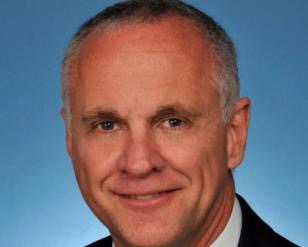
Changing the system
When a person (mostly a male) is arrested, the system created between the 1990s and the late 2000s in almost every U.S. state offers the abuser a plea deal, unless the abuse was particularly heinous.
The usual choice is jail or to plead to a lesser charge, with a stipulation to participate in a 12- to 52-week batterer intervention course, and be on probation for some amount of time, perhaps with other requirements such as community service. Abusers risk re-arrest if they don’t follow through or if they’re arrested for a different offense, such as drug possession.
In some states, such as Hawaii, people can be referred to a program by the local child welfare department.
Every year, about 500,000 people (mostly men) receive sentences that require that they sign up for one of a hodgepodge of about 2,500 programs.
Most of these programs require participants to take responsibility, “for their sexist beliefs and stop abusing their partners by teaching them alternative responses for handling their anger.”
What those programs don’t do, is help abusers understand that their anger comes from childhood trauma and that naming and acknowledging those experiences can lead to accepting responsibility for their behavior. And then to heal.
Here’s where healing-centered programs take a sharp turn away from blame and punishment to understanding and healing, which includes an abuser taking responsibility for the actions that led to his arrest.
A companion article to this one—”To end domestic violence, heal the abusers…say those who do”— goes into detail about the healing-centered approach, including how the programs work and interviews with men who attended the programs.
What’s relevant for people who run batterer or abuser intervention programs is the importance of the science of childhood adversity, not only for the participants, but also for the people managing the programs.
It’s foundational, says Nada Yorke, who incorporated the science of childhood adversity into her healing-centered batterer intervention program, Another Way…Choosing to Change, which is used in many U.S. states.
The science of childhood adversity shows that the majority of people in the world have had a traumatic experience, and usually more than one.
This includes those who manage the programs. When you’re a child and you experience trauma—such as physical abuse, living with a parent who’s an alcoholic, a family member who has a mental illness or has been incarcerated, or witnessing a parent or sibling being abused—your brain flips into flight, fight, or freeze mode. Your brain and body respond by instantly releasing hormones to protect you. But if nobody helps you or the experience continues over months or years, those hormones become toxic.
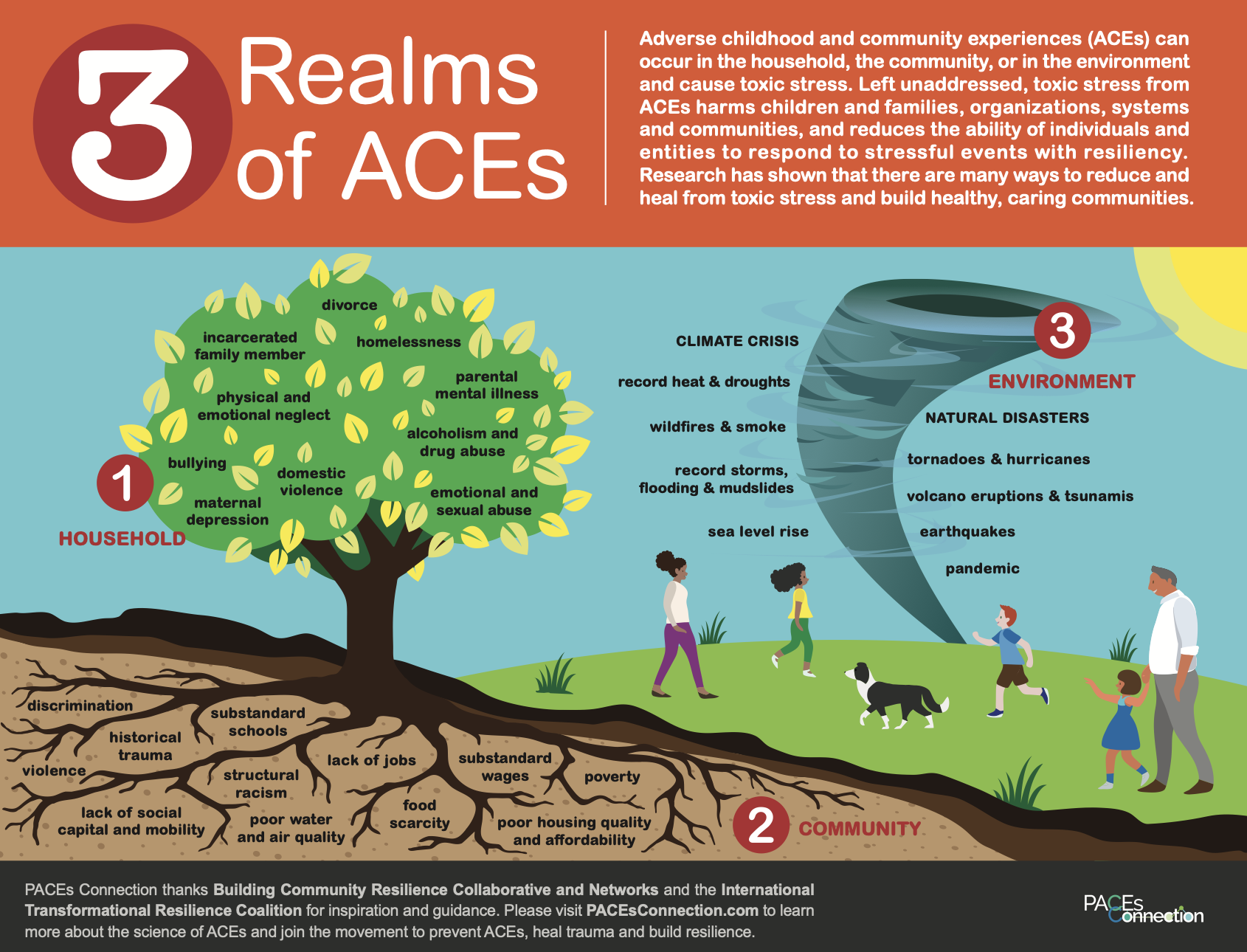
Toxic stress can damage the brain and cause short- and long-term health consequences. The effects of that toxic stress are embedded in your body and brain, and as you mature you may cope with depression and anxiety by drinking and doing drugs, being violent, and/or becoming addicted to sex, shopping, food, anger, and the like.
As an adult, you may develop chronic disease, and you can pass all this on to your children. Positive experiences can tamp down or counteract the effects of adverse experiences. (What adverse and positive experiences have you had?)
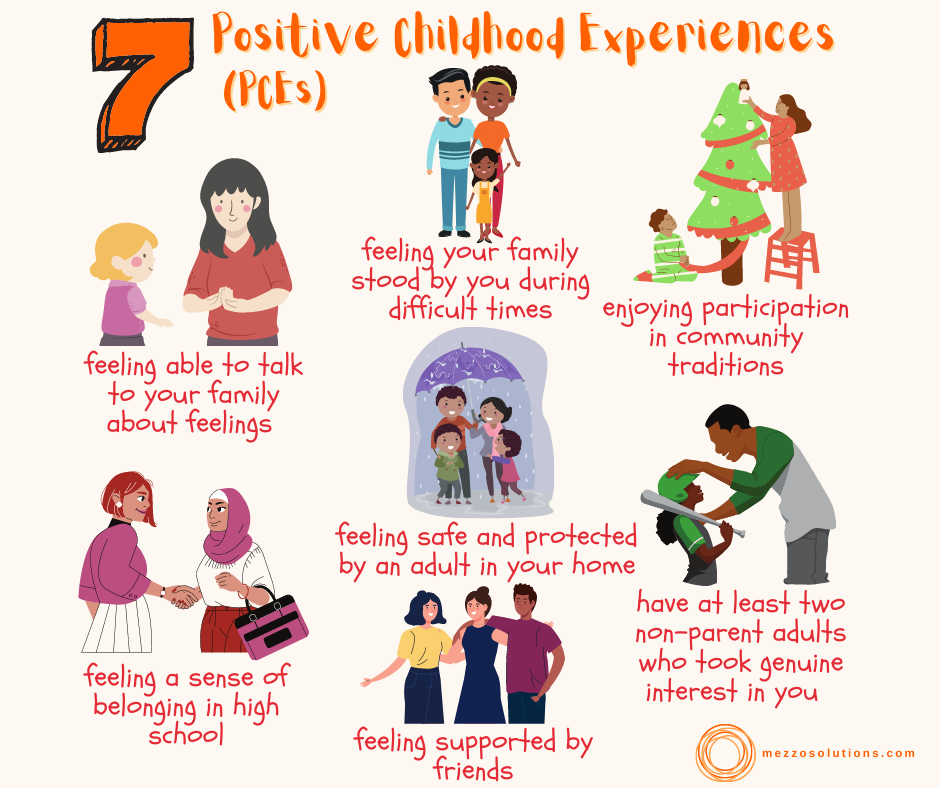
Because most people have experienced toxic stress, the science shows that, “There is no them and us,” noted Dr. Robert Anda, one of the co-founders of the original CDC-Kaiser Permanente Adverse Childhood Experiences Study, which has spawned tens of thousands of studies in all 50 U.S. states and in nearly every country. They all show similar results.
People teaching the healing-centered batterer intervention course in Idaho became steeped in the science. In Solano County, California, the entire probation department has learned about the science of childhood adversity.
Garden Pathways, a family services organization in Bakersfield, California, trained its entire staff in the science of childhood adversity and trauma-informed practices. Every new hire takes an eight-hour training program in the subject.
In the spirit of “There is no them and us—only us,” they learned the importance of listening to their clients and integrating their experiences and suggestions. That’s changing their programs.
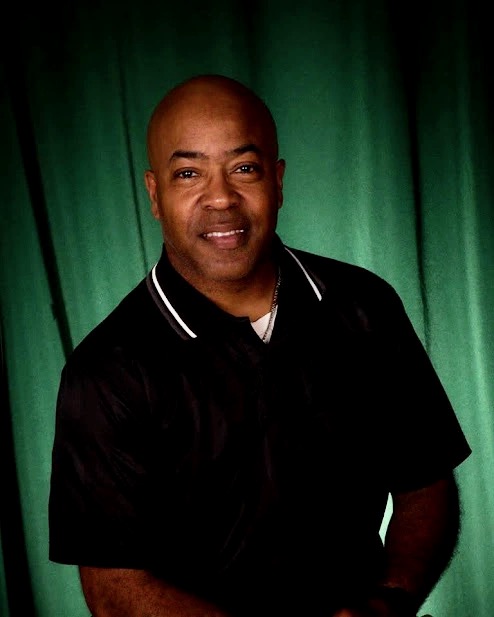
If people ask for more, give it to them
One unexpected result, says Bryan Stewart, a social worker in the Solano County’s Probation Department, was that many participants didn’t want to stop taking classes after 52 weeks.
“’Wait a minute. This cannot be it,’” one man who wanted to take more classes told Stewart. “I mean, wait a minute, I’ve come a long way, because I didn’t want to be here. But this can’t be it!’”
With such responses in mind, the department is planning to add and support an alumni group.
Trivium Life Services, which offers behavioral health services in Idaho and Iowa, heard the same complaint from many of the 393 men who completed their program over the last three years.
“You know, we’re always thinking about how we can make sure that our recidivism rate is low,” says Steve Mitchley, a U.S. Marine Corps veteran and social worker who teaches four classes a week.
Program graduates told him they missed the group setting; they missed talking with other men. So, they started a drop-in group for alumni. Every week, five to 20 people show up.
“What we’re seeing is that when they lose that connection that they developed in the course, some of those old ways of thinking that got them into trouble come back. So, this is a way of keeping them connected and continuing to heal.”
This ongoing connection might be one reason why Mitchley reports that, of the 393 men who have completed the program, only one has been arrested for felony domestic abuse.
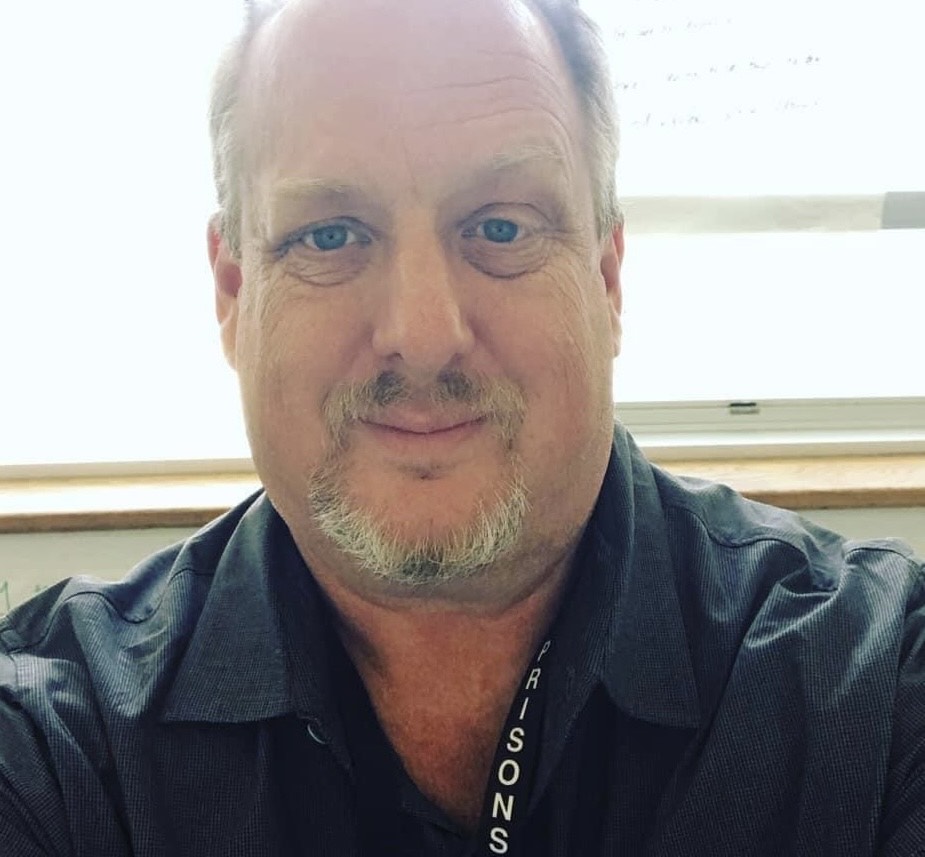
Widen the lens to offer more services
“We don’t just run a batterer intervention program,” says social worker Sarah Holmes, who was hired four years ago to develop a program in the Solano County Probation Department. “We also do case management.”
The department has 227 staff members, mostly probation officers and juvenile correctional counselors, as well as a social services manager, two mental health clinicians, three social workers, and five social services workers, all supported by budget of nearly $50 million in a county with a population of 450,000.
Solano offers, at no cost to participants, two men’s programs and one for women arrested for abuse. Unlike many other probation departments that charge participants a fee, Solano sees their approach as a way to decrease barriers.
Because Chief Probation Officer Hansen had already steered the department into using healing-centered approaches in all their programs, Holmes chose Yorke’s Another Way…Choosing to Change program.
The department doesn’t track re-arrest rates, but that’s on Holmes’ wish list. Sixty-six people have graduated so far.
Here’s an example of the healing-centered approach: If someone doesn’t show up to class, Holmes calls them. She doesn’t say: “You missed a class. Don’t you know you can be terminated and go to jail?”
She says, “What happened?”
If the class member says that he’s being evicted and is desperately trying to find a place to live, “we’re going to tell him that we’ll help him work through that and see what kind of services we can offer him.”
This includes helping their client find employment, transportation and other services.
The Solano Probation Department, which oversees 3,000 people on probation, has a policy of looking at the whole person, says Holmes. “We look at what they need to really be successful. We’re not just checking the box. Do they have a place to live? If they don’t have enough to eat, how much are they going to gain and absorb from what we’re trying to teach them?”
Widen the scope to work across a community’s silos
In Kern County, California, 61.7 percent of adults have at least one adverse childhood experience that can affect their lives years later. (Look up ACE surveys in your state.)
In Kern County, 29.3 percent of children have experienced at least one serious adversity; 18.5 percent have two or more ACEs. In 2020, Kern County had 8,689 domestic violence calls for assistance, fourth in the state. Domestic violence is one of the childhood adversities measured in the ACE Study, but that’s only part of the story. It’s worth repeating: If someone has experienced one ACE, there’s a very high likelihood that they have others. Other ACEs that can accompany domestic violence include a parent who’s addicted to alcohol or some other drug, incarceration of a family member, divorce and physical, verbal or emotional neglect.
A quarter of Kern County residents have severe housing problems, nearly 20 percent live in poverty (higher than the national average of 12.5 percent), and nearly 25% of children live in poverty. The community is making progress on reducing violence, including gun and gang violence, but homicides are up.
Bakersfield is the largest city in Kern County. It’s a tight-knit community. People who work in the education, domestic violence, health, behavioral health and criminal justice sectors know each other, and have for years. Through Resilient Kern, more than 50 organizations—including the Open Door Network (domestic violence and homeless services), Kern Behavioral Health & Recovery Services, and the Bakersfield Police Department—have been educated about the science of positive and adverse childhood experiences and incorporate practices and policies based on the science into their work. Bakersfield’s mayor, Karen Goh, is CEO of Garden Pathways, a family services organization.
Garden Pathways was the first in the U.S. to use Yorke’s healing-centered batterer intervention program. They call it “Breaking the Cycle.”
Of the 324 people who completed the program from 2011 through 2022, 26 people (8 percent) were rearrested for domestic violence. For those who didn’t complete the course, the re-arrest rate was 12 percent.
Its success spurred Garden Pathways Chief Operating Officer Juan Avila to expand the program beyond the batterer intervention course alone.
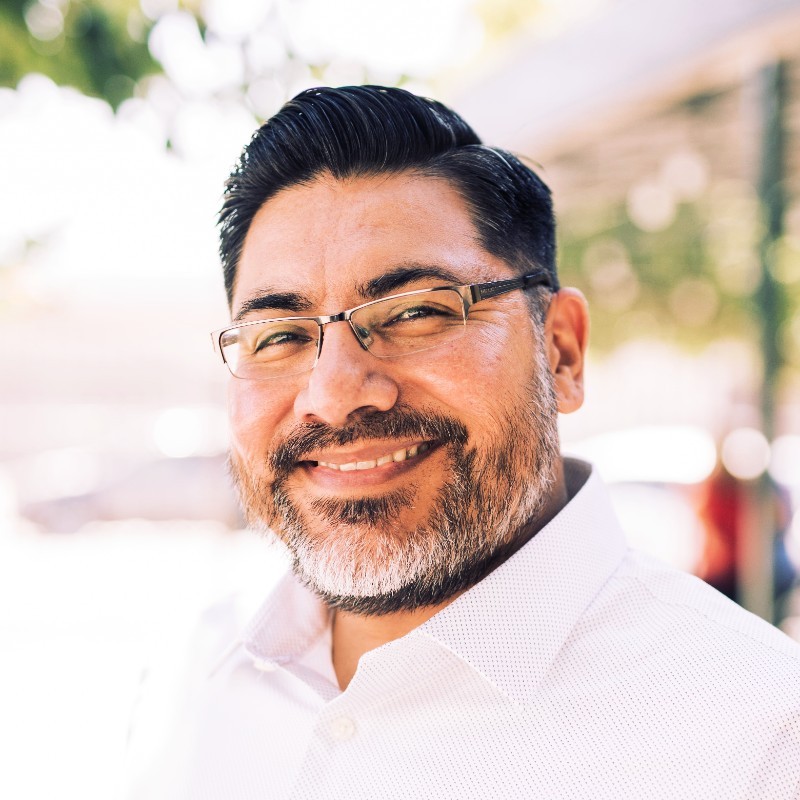
It’s been integrated into its local re-entry program. People who have been incarcerated in a county jail, state or federal prison and are required to enroll in a mentoring and case management program as a condition of their probation or parole. If one of their offenses was family violence—this includes violence against siblings or other relatives, which is increasing—they’re enrolled in 52 weeks of “Breaking the Cycle”.
Garden Pathways has also launched a program for justice-involved youth. Yorke is developing a curriculum for youth and is working with the program’s first participants. As part of preventing youth violence, says Avila, the organization works with schools to show the award-winning documentary Paper Tigers, which focuses on an alternative school in Walla Walla, WA where all staff were trained in the science of childhood adversity and it was integrated into the curriculum.
Stewart in Solano County supports this approach. “One of the most common comments I hear from my clients midway through the program is ‘Wow! I wish I would have known this stuff in middle school. I wish I would have learned this in high school,” he says.
“The other thing that we’re noticing in our batterer intervention groups is that the age of the referrals is becoming younger and younger,” says Avila. “That coincides with what we’re also seeing in community violence. Three years ago, the people who engaged in community violence averaged between 25 to 35 years of age. But now it’s maybe 14 to 25. And we’re seeing that also with the referrals for domestic violence classes.”
He relates another significant change that he and Lauren Skidmore, CEO of the Open Door Network, which serves victims of family violence, are hearing. “Normally, the conversation is ‘You need to leave your husband’ or ‘You need to leave your wife’ and, ‘Because you need to be safe, we need to separate you.’ And we’re coming to the realization that for a lot of the victims of domestic violence, their priority is not necessarily to leave their spouses, because that’s the mother or father of their children. They’re still emotionally connected to them. It’s the violence that is causing the problem.”
But, as people are wont to say, it’s complicated.
The current system silos women who’ve been abused, children who’ve been abused, and men who perpetrate the abuse. It doesn’t address families as a whole or address what families say they need.
“How do we integrate the services that we both provide, where the victim and perpetrator in the same household are receiving services?” asks Avila. “Plus, shouldn’t the children be receiving counseling as well? For safety reasons, I understand that there has to be a separation, but can there be a goal for family reunification if everyone says they want it? The Open Door Network, which works with a lot of the victims, says that many end up leaving the shelters or no longer continue with services because they’re told the goal is to leave the relationship. And so how do we work with that? For the last several years we’ve been working in our own silos with the victim or the perpetrator, but there’s no integration of the services, when in reality we’re working with a family, not with individuals.”
And there’s another complication with helping youth who have committed a crime and end up in juvenile detention: the correlation between family violence and gang violence.
“If there is domestic violence in the household, how do we approach it so that we’re not putting the child at risk when he or she goes home? We’re trying unique ways of sending information to the family to let them know that resources are there if they want to get some help. We’re just starting to see all these pieces coming together where DV intervention plays an important role.”
Bakersfield is not alone in dealing with increasing complexities of family violence. “We’ve definitely seen over the past 10 years that there’s been a pretty significant increase in situations where it’s a lot harder to tell who the aggressor is in a relationship,” saysTed Hayden, program director for Family Peace Center at Parents And Children Together, a Hawai‘i nonprofit providing early childhood education and social services.
Dealing with someone who’s been arrested for family violence is more than deciding to have a 52-week program, says Avila. “It’s going to have to involve the court system,” says Avila. “Maybe, if the person is not extremely violent and we have a situation where we’re not putting a victim at risk of further harm, there’s a possibility of a sequence of court-ordered coordinated steps.”
Those steps could begin with an initial separation, he explains. The abuser enters a 52-week program. The survivor and children receive therapy and services. Each also addresses their ACEs and positive childhood experiences, as well as their children’s adversities and positive experiences. “Now they’re there, they’re learning things, they’re becoming more self-aware,” Avila continues. “And maybe eventually, there’s the opportunity where they can come in for marriage and family counseling.”
The abuser heals. The victim heals. If there are children, they heal. Then they can go to a marriage counselor. “As we get closer to the end of the of the 52 weeks,” says Avila, “we can start having a conversation…does this look like it can work? And if anybody says no, and we can still see a very high risk, then it’s not time yet.”
There’s obviously a long way to go to create a system that’s not siloed and serves the family, including intervening earlier in a family’s troubles. And there’s more to consider, says Dr. Etiony Aldarondo, executive director of the Melissa Institute.
“What does it mean to want to hold men accountable for their violent behavior when we know that so many of the men in BIPs [batterer intervention programs] tend to live in communities where ethnic andminority groups are more likely to not have medical insurance, to receive lower quality of care, to have trouble paying their bills, to go without needed health care, to have poor transportation systems, to have witnessed community violence and die younger, to live in inadequate housing, to have limited access to high quality nutritional products, and so on when compared to other segments of society?” he wrote in a paper in 2009 for the National Institute of Justice.
“I agree with a growing number of domestic violence experts,” Dr. Aldarondo wrote, “who propose that to work effectively with men who batter we must also intentionally aim to transform the communities in which they live.”
****
Author Jane Ellen Stevens is the founder, publisher and editor of Aces Too High, where this story first appeared.
All photos not otherwise credited are also courtesy of Aces Too High.
Next from Jane Ellen Stevens and Aces Too High: How communities’ Situation Tables intervene before violence or harm gets out of hand or results in arrest.

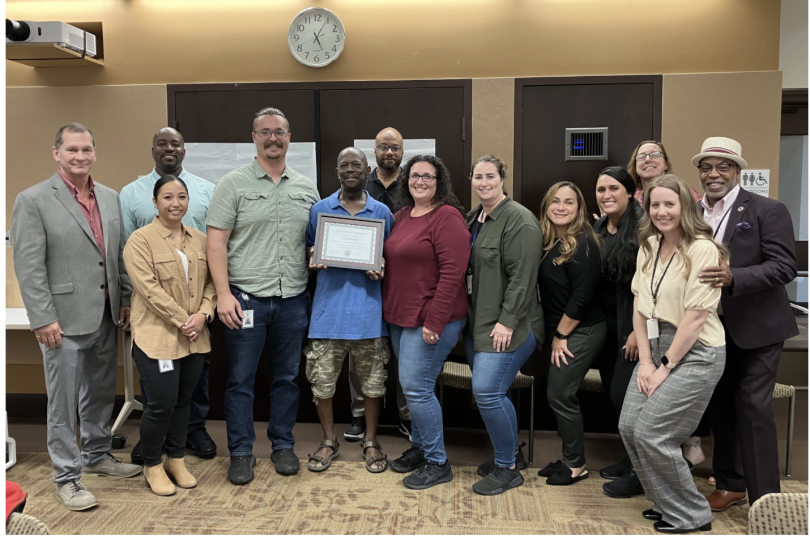
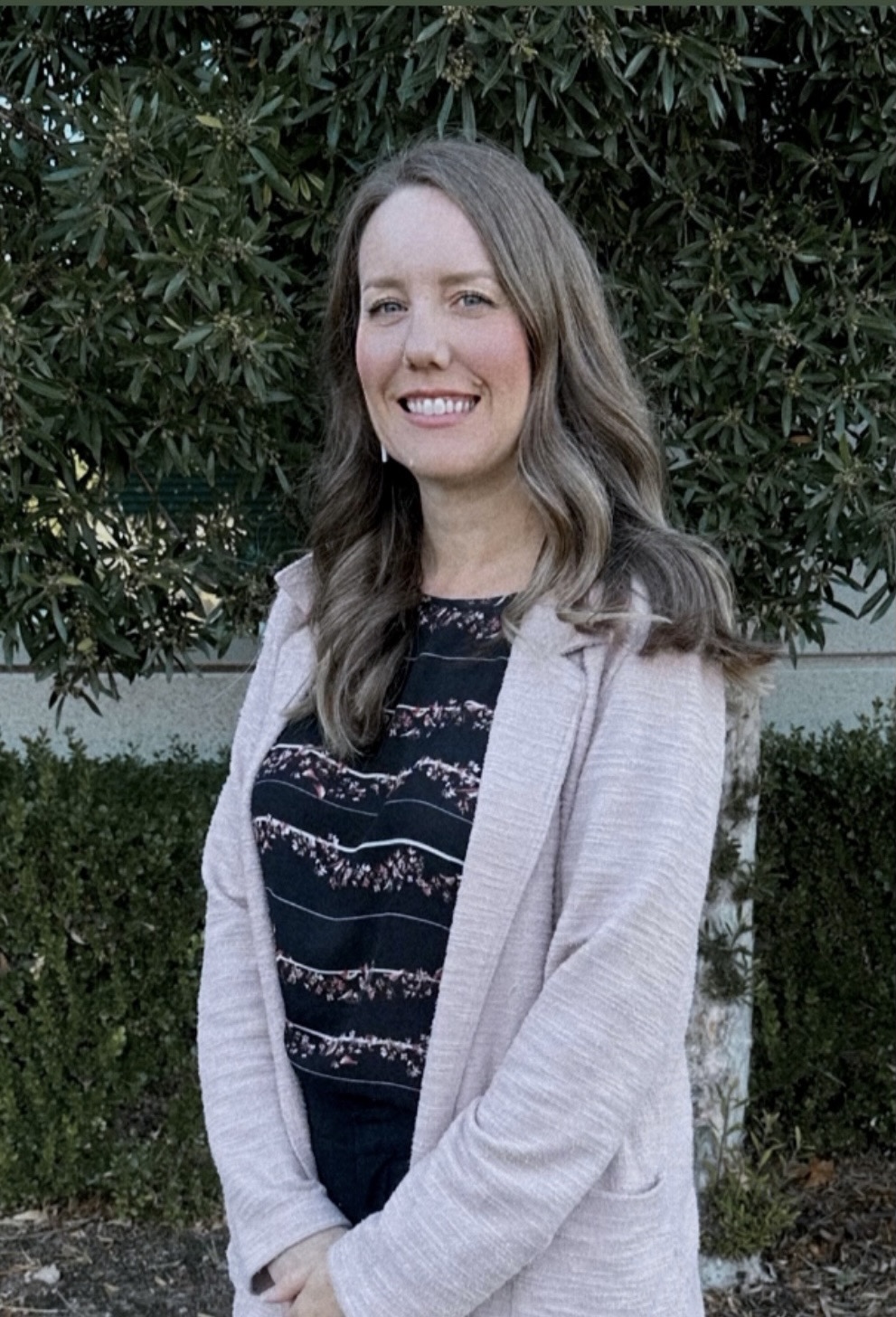
Bravo to Solano County Probation dept. Let’s go statewide! Too bad Govenor Newsome vetoed the bill to fund DOMESTIC VIOLENCE help for victims. It is the awful of awful. How can we create safety plans WITH NO MONEY? My frustration is boiling over and the despair is always close at hand. Shit.
Would have preferred to know the circumstances surrounding re-arrests, and what if anything, was changed. Also, the article doesn’t address one key component. The Administration of the Courts is in the DV business, hawking junk GPS. Effective GPS is less expensive, and completely ignored. Until it isn’t.
https://cjp.ca.gov/wp-content/uploads/sites/40/2023/02/Vlavianos_DO_Censure_Stip_2-8-23.pdf